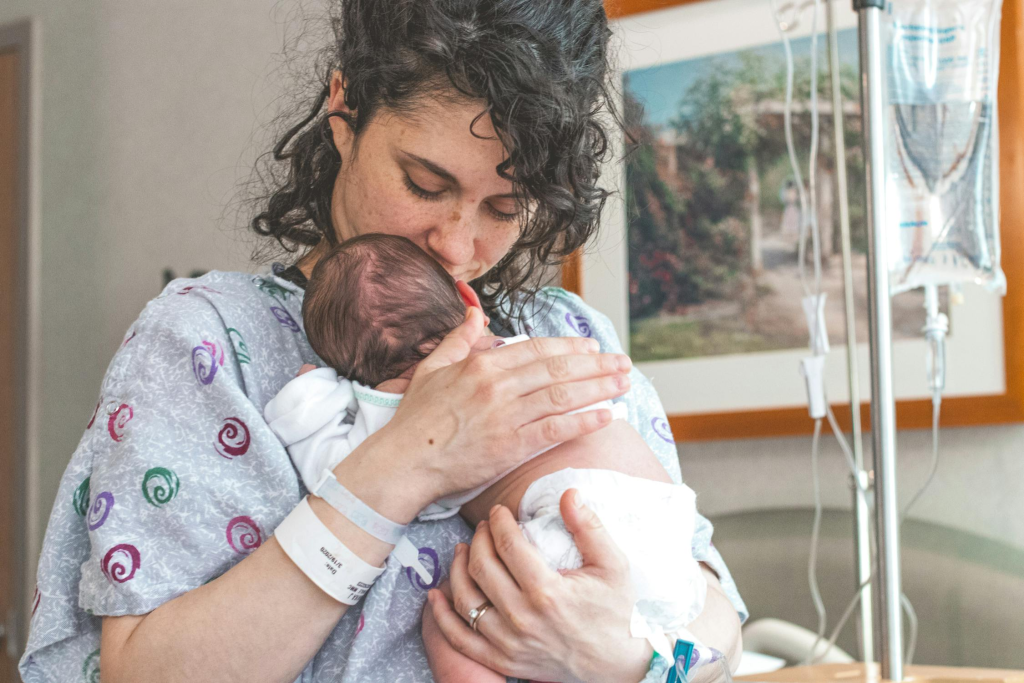Source: Pexels
When expecting a child, most parents focus on the joys of welcoming a new baby, not on what might go wrong during delivery. But for some families, labor and delivery don’t go as planned. A birth injury can occur suddenly, leaving parents to deal with unexpected medical, emotional, and financial challenges.
These injuries can range from mild and temporary to severe and life-changing, often requiring long-term care and support. Understanding what birth injuries are, how they happen, and what steps to take afterward can help families feel more prepared and more empowered to face what’s ahead.
Defining Birth Injuries
A birth injury refers to any physical harm or trauma that a baby suffers before, during, or shortly after the birthing process. While some birth injuries are minor and resolve on their own, others can lead to lifelong challenges. It’s important to differentiate between injuries caused by unpredictable complications and those potentially linked to medical error or negligence.
Common birth injuries include:
- Brachial Plexus Injury (Erb’s palsy): Damage to the nerves controlling the arms and hands, often due to shoulder dystocia during delivery.
- Cerebral Palsy: A neurological disorder caused by brain injury or abnormal brain development, often due to oxygen deprivation.
- Fractures: Particularly of the collarbone or skull.
- Facial Nerve Damage: Caused by pressure or forceps use during delivery.
- Intracranial Hemorrhages: Bleeding inside the baby’s skull, which can result in lasting neurological damage.
These injuries can happen in a matter of minutes but may require years or even a lifetime of support.
Cerebral Palsy Lawsuit Stages and Legal Recourse
When a birth injury like cerebral palsy occurs, many families find themselves facing an overwhelming maze of questions. What caused this? Was it preventable? And perhaps most urgently – what can we do now?
That’s where understanding the legal process becomes crucial.
If medical negligence is suspected, learning about the Cerebral Palsy Lawsuit Stages can help parents make informed decisions. From initial consultation and case investigation to filing a claim and possibly going to trial, each stage offers a chance to seek justice and potentially secure financial relief for the cost of ongoing care.
Legal action isn’t just about assigning blame. It’s about ensuring your child has access to the resources they need. Lawsuits may help cover costs like:
- Physical and occupational therapy
- Medical equipment and medications
- Home modifications
- Long-term educational support
- Lost wages from missed work
Knowing what to expect through each step of a potential lawsuit offers clarity in a time of uncertainty.
The Impact on Daily Family Life
The aftermath of a birth injury ripples through every part of family life, often in ways parents didn’t anticipate.
Some common effects include:
- Disrupted Routines: Frequent doctor appointments, therapy sessions, and caregiving needs can make it difficult to maintain a typical daily schedule.
- Career Adjustments: One or both parents may reduce work hours or leave their jobs to care for the child full-time.
- Emotional Strain: Feelings of guilt, grief, and chronic stress are common among parents navigating life with a child who has special medical needs.
- Financial Challenges: Even with insurance, the out-of-pocket costs for care can become overwhelming.
- Sibling Dynamics: Other children in the home may feel neglected or take on caregiving roles of their own.
While these impacts are heavy, they don’t have to be handled alone. Support groups, therapists, and educational specialists can all help families adapt and build a new kind of normal.
Finding Support and Moving Forward
There is no one-size-fits-all roadmap for families dealing with a birth injury, but many resources exist to help navigate the journey.
Support options include:
- Early Intervention Programs: These state-funded services provide physical, occupational, and speech therapy for children under three.
- Special Education Services: Public schools must offer Individualized Education Programs (IEPs) tailored to each child’s needs.
- Nonprofit Organizations: Groups like United Cerebral Palsy and March of Dimes offer resources, advocacy, and emotional support.
- Financial Aid: State disability programs and Medicaid waivers can ease the financial burden.
Importantly, families may also benefit from consulting a birth injury attorney who understands the nuances of both medical malpractice and long-term care planning. This ensures that parents aren’t just reacting to challenges – they’re creating a sustainable plan for their child’s future.
Taking the First Step Toward Empowerment
A birth injury can feel like the end of the world, but it can also be the beginning of a new, purpose-driven chapter. Understanding the definitions, recognizing the signs, and exploring options, from therapeutic interventions to legal support, gives parents the tools to advocate effectively for their child.
If your family has experienced the trauma of a birth injury, don’t navigate it alone. A personal injury lawyer can provide compassionate, skilled legal representation for families impacted by medical negligence. Their goal is to help you understand your rights, evaluate your options, and pursue the resources your child deserves.





















